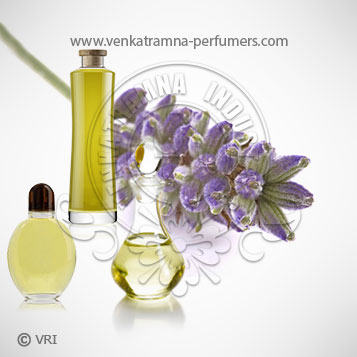
| Botanical Name | Lavandula Officinalis |
| Common Name | Garden, common or English lavender, lavandula angustifolia. |
| Country of Origin | All Over The Globe |
| Solubility | Soluble in alcohol, insoluble in water |
| Specific Gravity | 0.87700 - 0.89200 @ 25.00 °C |
| Optical Rotation | (-8°) - (+2°) @ 20°C |
| Refrective Index | 1.45700 - 1.46400 @ 20.00 °C |
| PlantPart | Flowers |
| Bland With | Cedarwood, clary sage, geranium, pine, nutmeg and all the citrus oils. |
| CAS No | 8000-28-0 |
| Flash Point | 182.00 °F |
| Extraction Method | Supercritical CO2 Extraction |
The lavender oil offered by us is extracted from Lavandula angustifolia of the Lamiaceae family. It is also known as garden, common or English lavender. The CO2 extraction process ensures that we are able to offer only the best quality of lavender oil.
The use of lavender has been recorded for more than 2,500 years. Egyptians, Phoenicians and the people of Arabia used lavender as a perfume -- and also for mummification, by wrapping the dead in lavender-dipped shrouds. In ancient Greece, lavender was called "nardus," "nard," or "spikenard" (named for the Syrian city of Naarda) and was used as a cure for everything from insomnia and aching backs to insanity
Color : colorless to pale yellow clear liquid with lavender odor,
Aroma : Well-balanced and full-bodied aroma
a-pinene, limonene, 1,8-cineole, cis-ocimene, trans-ocimene, 3-octanone, camphor, linalool, linalyl acetate, caryophyllene, terpinen-4-ol and lavendulyl acetate.
Lavender has always been associated with beauty products, but lavender oil has other medicinal qualities as well. It is effective in cases of severe headache and is good for the nerves. Moreover, it is an effective cure for various respiratory troubles, along with being a great cure for digestive disorders. It is also effective in relieving pain and healing wounds.